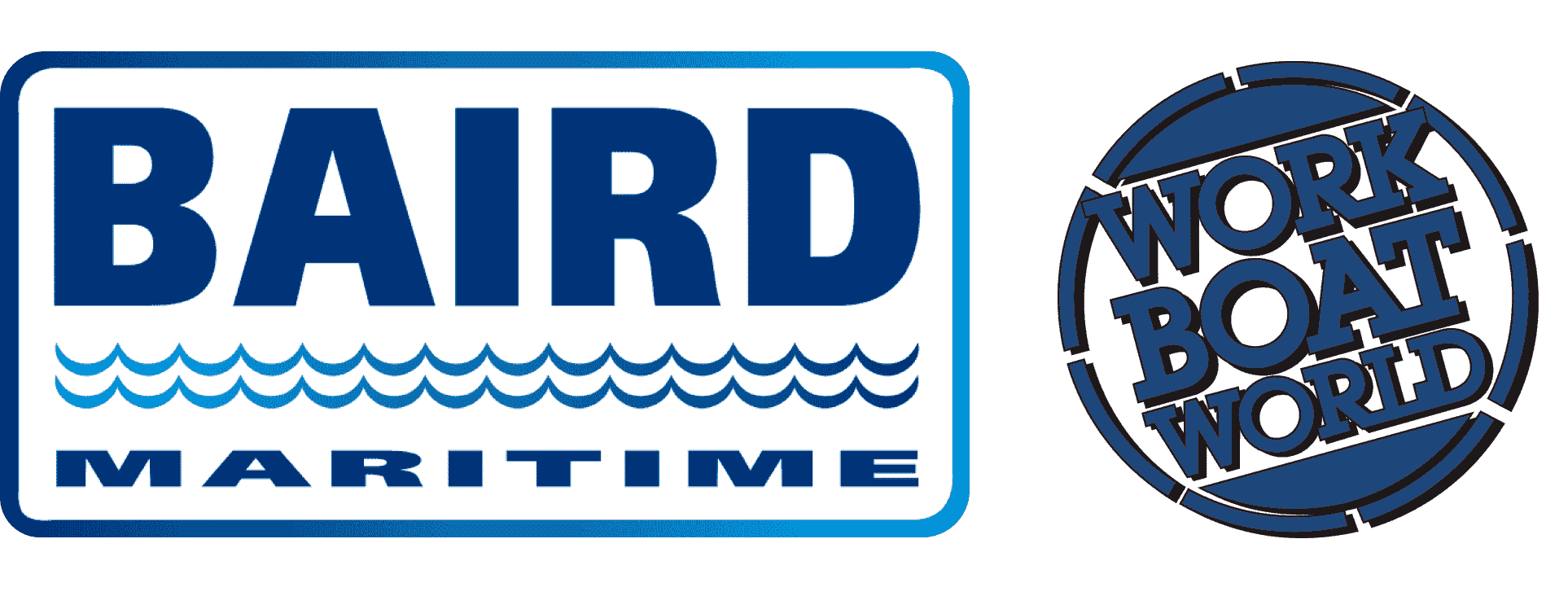VESSEL REVIEW | Finnur Fridi – Versatile seiner/trawler delivered to Faroese fishing company
Faroe Islands-based fishing company Vardin has taken delivery of a new combination purse seiner and pelagic trawler. Named Finnur Fridi, the vessel was built by Karstensens Skibsværft at its facilities in Denmark and Poland and is the fourth vessel to be acquired by Vardin since it was established in 1985.
The DNV-classed, 88- by 17-metre (290- by 56-foot) Finnur Fridi replaces an earlier vessel of the same name and will focus on catching blue whiting, herring, and mackerel. Work on the vessel design, specification, and arrangements was completed jointly by the owners and the yard to ensure all solutions are optimised and tailor made to suit the requirements of fishermen brothers Andri and Hardi Hansen and their crews.
The focus was on optimising the working environment, the safety, and the comfort for the crew; optimising catch handling and storage facilities; and keeping fuel consumption as low as possible without any loss in performance.
Comprehensive fishing and deck equipment suite
The hull is built in steel while the superstructure, the funnel, and the masts are made of aluminium. The hull shape is of round bilge construction with a bulbous bow, a stern skeg, and a vertical wave-piercer.
The deck equipment includes Evotec electric winches, Seaquest cranes, and a Viking Norsafe rescue boat davit while the fishing and catch handling setup features a Cflow vacuum system and three FrioNordica 1,300kW refrigeration systems for use with the 15 RSW tanks.
The propulsion arrangement includes a 7,320kW (9,820hp) main engine; a two-speed gearbox; a 5,000mm controllable-pitch propeller; a rudder and steering gear from Kongsberg Maritime; a Cummins 3,300kW shaft alternator; Brunvoll 1,470kW and 1,400kW side thrusters; and 1,312kWe, 940kWe and 200kWe diesel generators supplied by Caterpillar. The main engine has a selective catalytic reduction system and can deliver a speed of 17.5 knots.
During heaving/shooting operations at fishing, when the winch system is in use, the shaft alternators will be engaged, and electrical power will be supplied from here. When there is demand for full power on the winches, there will normally not be the same demand for power on the propulsion system.
All electrical power systems are controlled by the vessel’s DEIF power management system. An on bus-bar breaker is fitted on the main switchboard, allowing aft thrusters to be fed off the shaft alternator and the forward thruster and the vessel’s hotel load to be fed off the generators.
Accommodation for the 20-strong crew includes a conference room, a wellness room, a cinema, a coffee bar, a mess, a galley with provisions space, a lounge, two laundry rooms, a hospital, and cabins with en suite toilets. In order to create the best possible design for low noise, the accommodation is located as far away from the propeller as possible. The interiors are also fitted with a Tyco fire detection system and a Survitec water mist firefighting system.
In addition, a number of constructive steps were made in order to minimise noise. During trails noise measurements showed levels well below any requirements and recommendations.
The wheelhouse electronics include Hatteland displays, Furuno radars, Simrad sonars, Olex and MaxSea plotters, a GMDSS and VHF radios from Sailor; and a Marport net monitor.

(1).jpg?w=480&auto=format%2Ccompress&fit=max)
